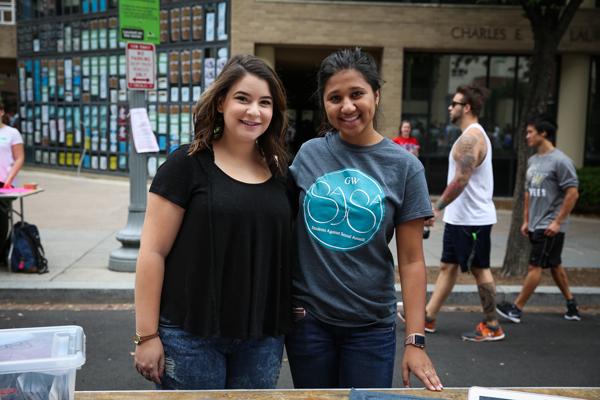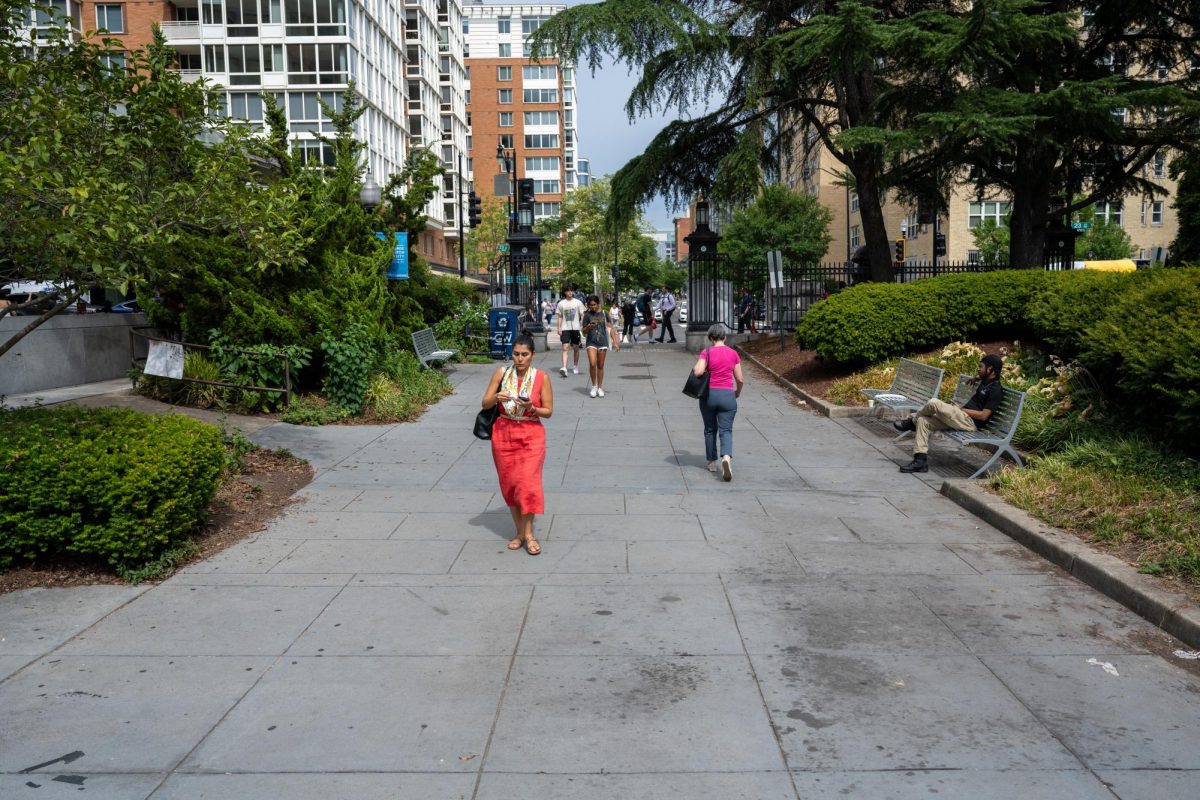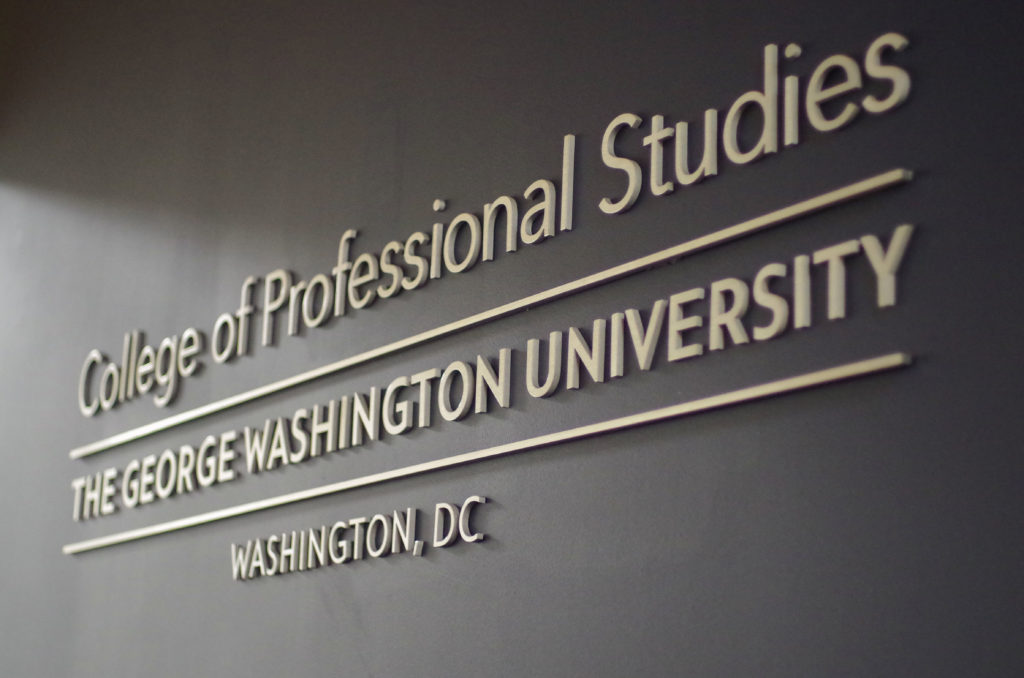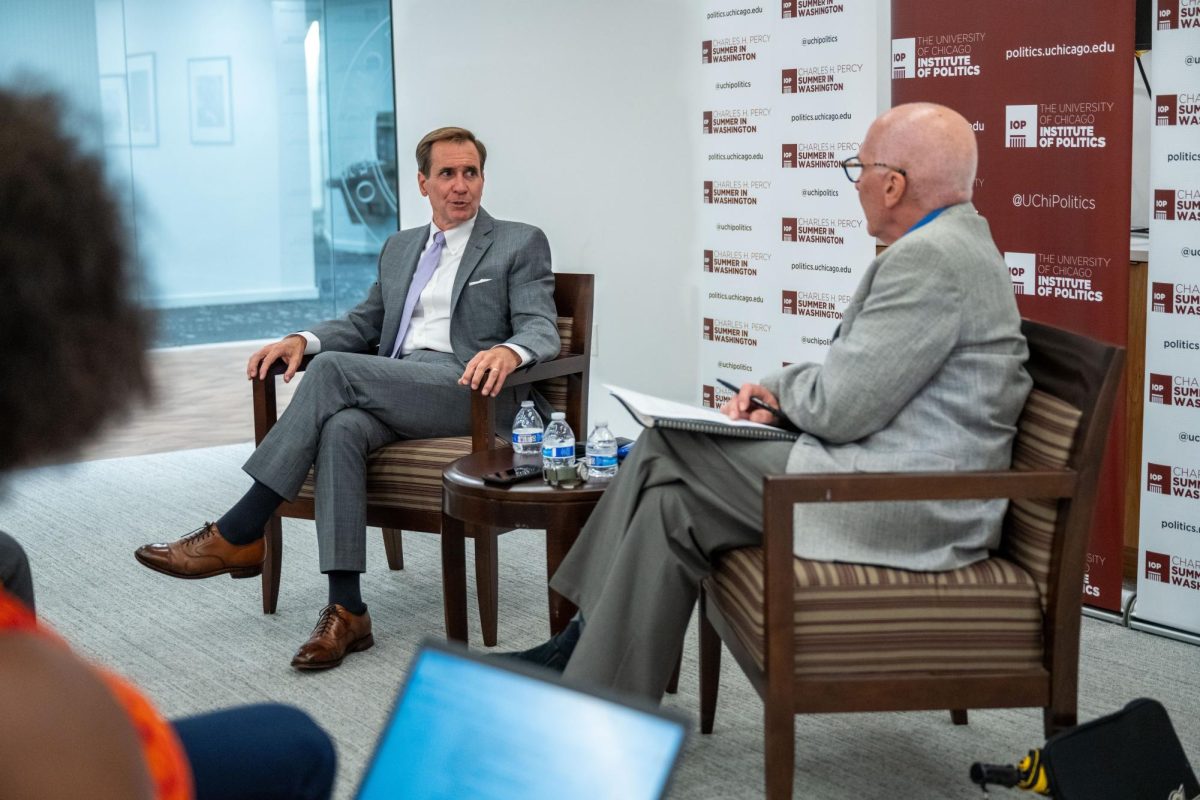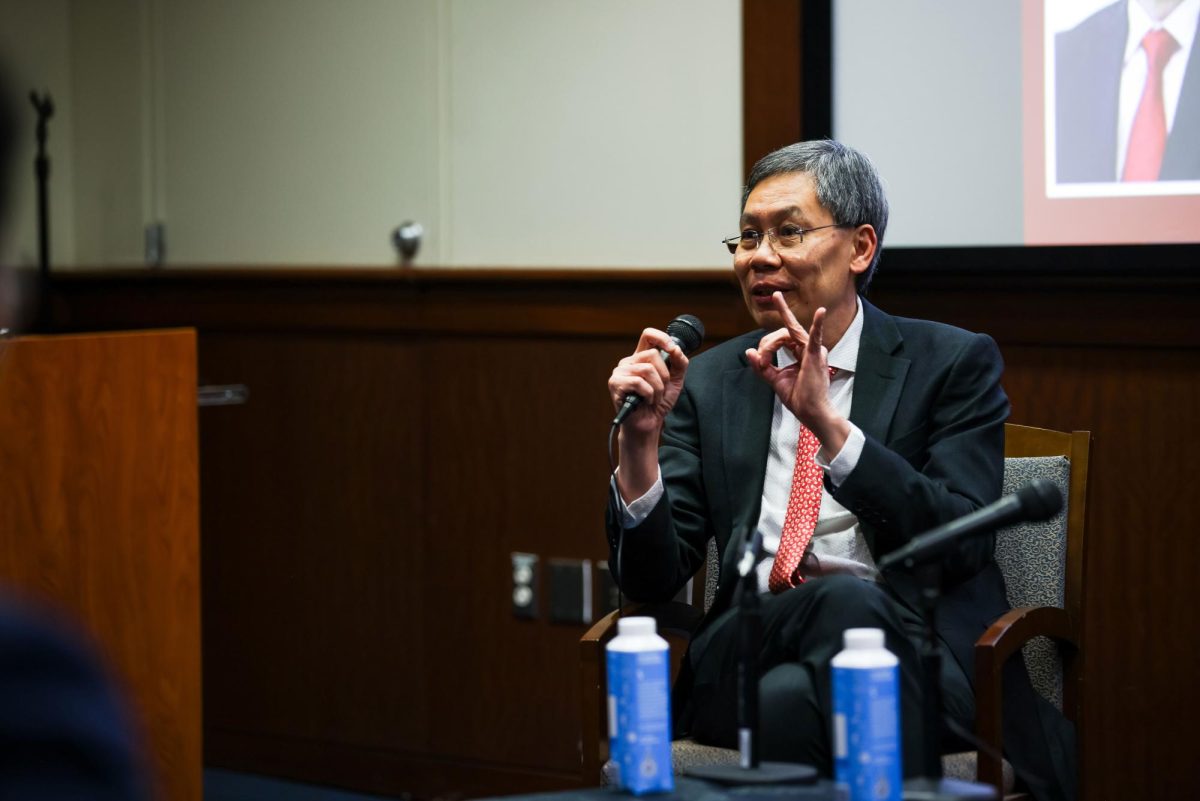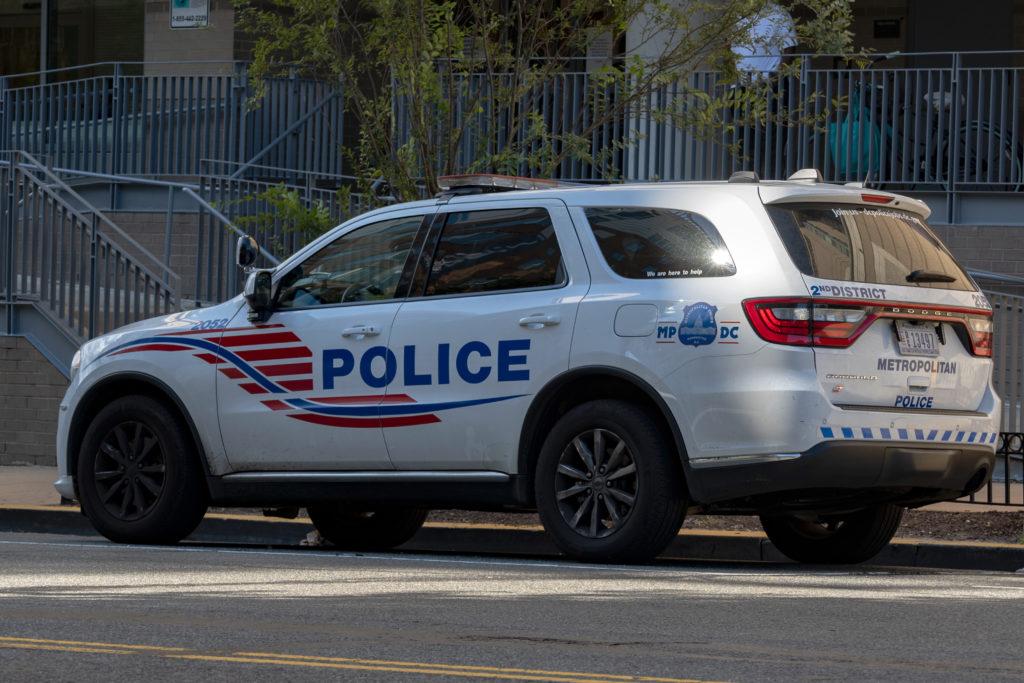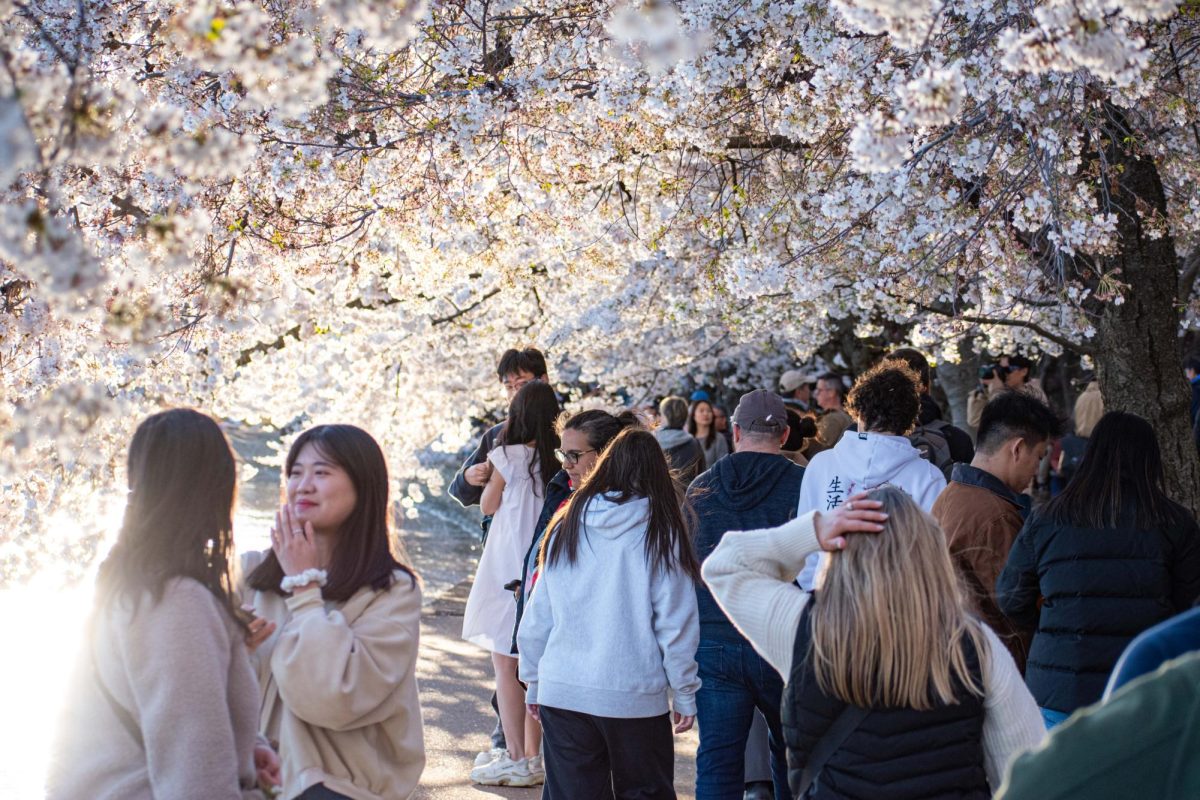A committee designed to find ways to address sexual violence on campus has not made any of its reports public in the two years since it was formed.
Members of the Committee on Sexual Assault Prevention and Response are required to sign confidentiality agreements, and reports that come from the committee are not available to the public, officials confirmed last week. Sexual assault prevention experts said these kinds of committees should be transparent about sexual violence-related programming and training decisions, so others in the community can weigh in on the changes.
Caroline Laguerre-Brown, the vice provost for diversity, equity and community engagement, said the committee is coming up with ideas on how to remove barriers to reporting sexual assaults and improving training and communication. The committee is made up of students, staff and faculty members that meet on a monthly basis.
“The committee continues to discuss ideas to improve the visibility of the Title IX office and other offices across campus that support GW community members affected by sexual assault and sexual violence,” Laguerre-Brown said.
Officials created the Committee on Sexual Assault Prevention and Response in October 2014 at the same time that they named a new Title IX coordinator and after University President Emeritus Stephen Joel Trachtenberg made controversial remarks about how universities should educate women on the dangers of over-consuming alcohol to protect themselves from sexual assaults.
Laguerre-Brown said that about 35 people will serve on the committee this year. The overall committee has four sub-committees that include faculty and staff, prevention, marketing and communications and response. These sub-committees will not produce reports for the public to see, she said.
“The sub-committee members work together to assess and recommend improvements to current Title IX programming services,” she said.
One of the sub-committees worked last year to improve the school’s Title IX website, Haven, which was revamped over the summer.
Laguerre-Brown said the committee will use information from the University’s second campus climate survey on unwanted sexual behavior to develop ideas on how to “remove real or perceived barriers” to reporting sexual violence and improve education on the topic. She did not provide details on how the committee plans to remove barriers.
The results of the second survey on unwanted sexual behavior were released last month, and officials are reevaluating their approach to the survey and are considering conducting it every two years, instead of annually.
Kalpana Vissa, the co-president of Students Against Sexual Assault and a member of the committee, said the group brings different members of the community together to talk about sexual violence. She said openly discussing sexual violence on campus can help survivors.
“Especially across college campuses, the more you talk about sexual violence, the more people feel like it is a safer place to discuss it,” Vissa said. “That’s why SASA is trying to maintain such a positive presence on campus because we want people to feel like they have a safe space to go to.”
Vissa said that the more transparent the University is about sexual violence in general, the more people feel like they can share their own experiences. She said SASA members were vocal about adding mandatory sexual assault prevention education for incoming students two years ago, which was key to winning administrators’ support.
“Being super open and transparent about those kinds of initiatives is what makes change happen,” Vissa said. “Our hope is that people continue to talk about the issue.”
Vissa said she signed a confidentiality agreement when she joined the committee this year and declined to comment on any questions specifically about the committee, citing the agreement.
Tracey Vitchers, a member of the advisory board of Culture of Respect, said it’s a plus that students are members of this type of committee but that other students should be involved in creating effective programming.
The first campus climate survey on sexual violence, which was conducted in 2014, found that 80 percent of students surveyed did not know how to contact the Title IX office. The results from the first campus climate survey fueled student leaders’ efforts to call for the mandatory in-person prevention trainings, which were expanded this year to include individualized in-person workshops and an online program for graduate students.
“If decisions are being made in a vacuum, and student voices aren’t being included, it is going to make it that much more difficult to create programs that are going to be effective within that student body,” Vitchers said. “It is important for students to have a voice in the programs that are going to be affecting them and affecting generations to come.”
Laura Palumbo, the communications director at the National Sexual Violence Resource Center, said creating a committee to address these issues is a step in the right direction, but that students and faculty need to know the committee’s goals, so they can support and follow through on them.
A committee can increase trust on a campus and help students feel confident that they are addressing the problem – but they need to be informed of the solutions that are underway, Palumbo added.
“The presence of a committee can be a great sign of what is happening on campus, but it does need to be something students feel informed about and something students feel like they can be involved in,” Palumbo said.


